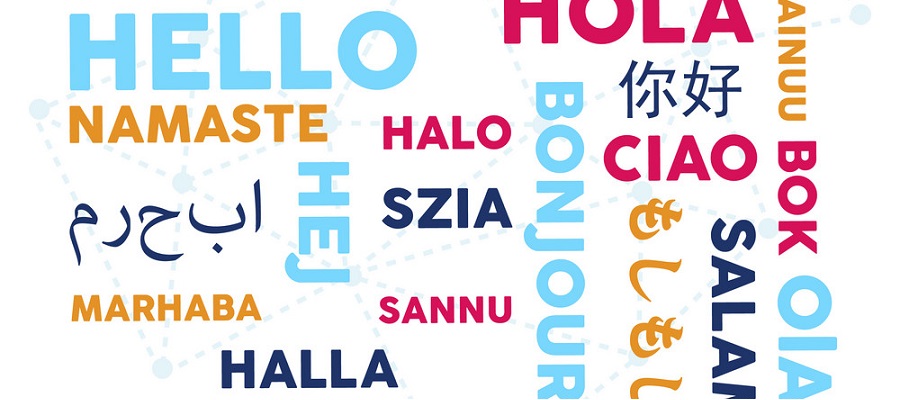What are the best subtitle languages for video?

If you're one of the few content creators who still haven't taken advantage of adding captions to your online videos, consider this your cue to get started. Studies show that most videos on social media are watched without sound - people are busy and they need to multitask.
But that's just one of the many reasons why you should start using captions. So let's take a look at how captions work, see some of the reasons you should use them, and the most common captioning languages.
Why should add subtitles to videos
A recent study shows that one third of online activity is watching videos. Half a billion people watch videos on Facebook. Some estimates suggest that more than 80% of these videos are watched with the sound turned off. But why?
First, people have busy lives. We consume content while commuting, traveling, waiting for the dentist - the list goes on and on. In these situations, you can't always have the sound on.
In addition, more than 28 million U.S. citizens - and 466 million people worldwide - have some form of hearing impairment. Captions and instructions are critical in making video content accessible and easy to understand. Video accessibility is a key consideration because the ubiquity of video is not going away - by 2022, video will account for more than 82 percent of all consumer Internet traffic.
Subtitling is also a valuable tool to help people learn new languages. The mechanics of building vocabulary and learning grammar can be daunting, but the ongoing consumption of a foreign language through text can provide a great deal of assistance to the learning process.
What are the most commonly used subtitle languages?
A producer's choice of subtitle language will depend on the audience they are trying to reach. And in this day and age, video producers have access to a larger audience than ever before. Millions of people subscribe to streaming services and can watch movies and videos from all over the world.
Take Netflix, for example. Their popular series Dark was produced in Germany and features characters who speak entirely in German. But 90 percent of Dark viewers are non-German viewers who watch the show with subtitles. Stranger Things, one of the platform's flagship shows, is usually subtitled in Chinese, English, French and Spanish.
Arabic and Russian are the other two highly popular subtitle languages. From Ted Talks to Hulu or Amazon, these languages, which are already used by millions of people around the world, are used as an alternative to the original audio of a movie.
YouTube's user statistics also speak for themselves when trying to determine what subtitles to add to your content. While there are countless languages in the world, only eight countries are most prominent on YouTube (with the exception of the United States and Canada).
- India
- Japan
- South Korea
- Brazil
- Russia
- France
- Mexico
- Germany
Video captioning and subtitling is critical in helping businesses and creators connect with their audiences. Whether your goal is to increase your global audience, boost engagement, or make your content more discoverable, a professional captioning service like AutoSub can help you do just that.
